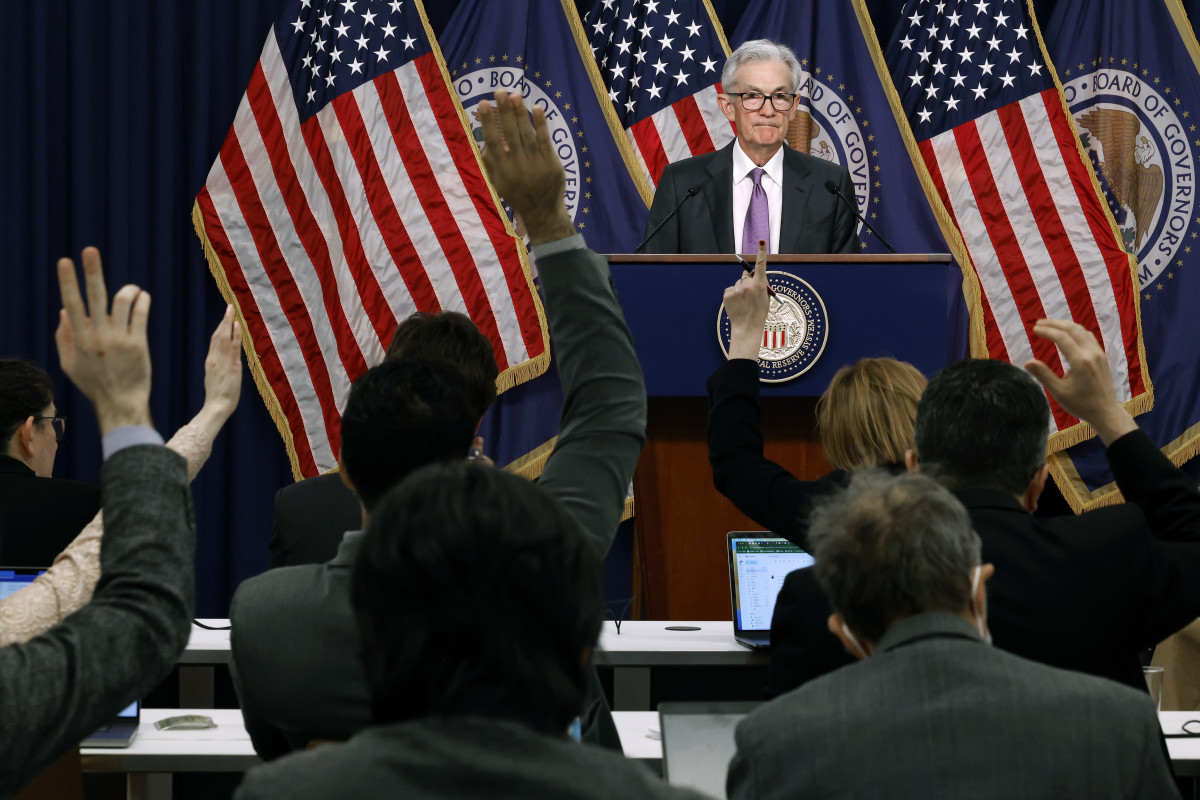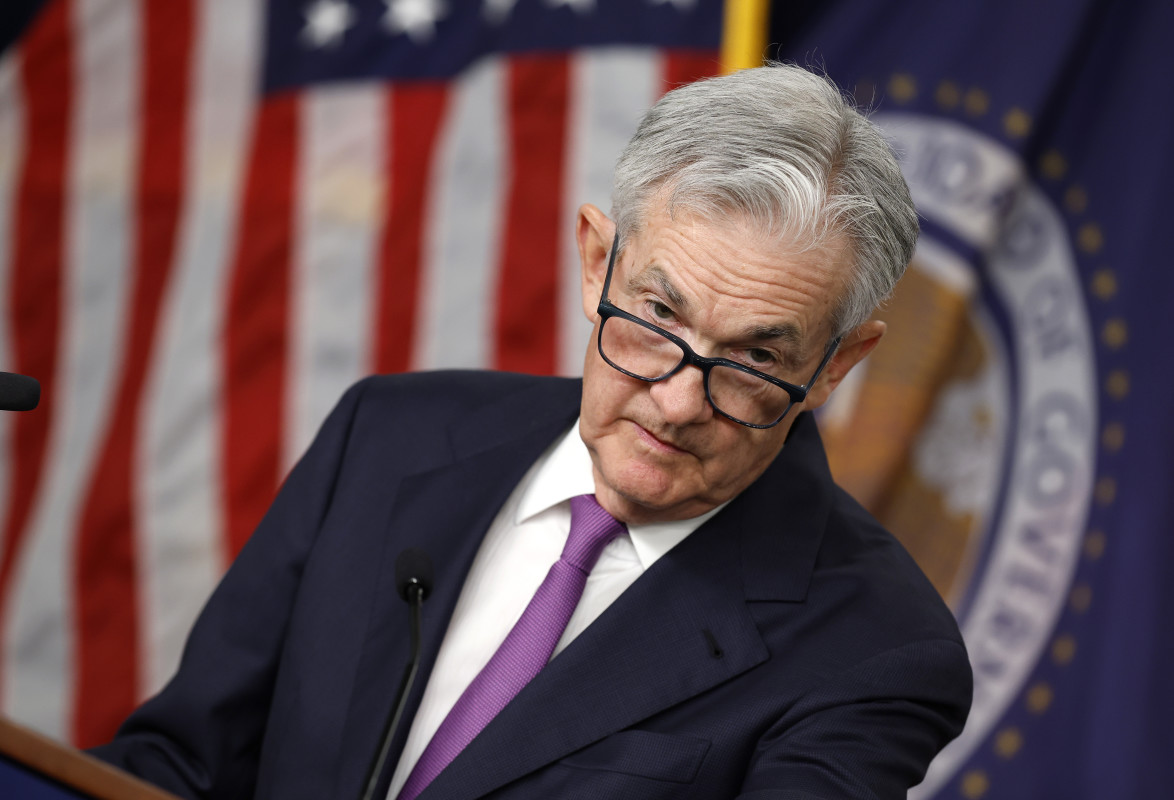
The Federal Reserve on Wednesday left its benchmark lending rate steady at the highest levels in more than two decades, while hinting at the chances of a September reduction amid what it described as "some" further progress in its inflation fight.
The Fed's Open Market Committee, which sets monetary policy, held its key rate at between 5.25% and 5.5%, the highest in 22 years. The unanimous move was widely expected on Wall Street following the central bank's two-day policy meeting in Washington.
The Committee also noted that the risks of it achieving its twin mandate of price stability and full employment were now in "better balance," adding that it would be "attentive" to both, a mention that markets are likely to interpret as a sharper focus on the cooling jobs market.
Fed Chairman Jerome Powell later told reporters in Washington that the labor market is "slowly" moving back towards normalization, adding that he and his colleagues are "prepared to respond" if it were to weaken more quickly over the coming months.
Powell: “The downside risks to the employment mandate are real now.”
— Wall St Engine (@wallstengine) July 31, 2024
"The Committee does not expect it will be appropriate to reduce the target range until it has gained greater confidence that inflation is moving sustainably toward 2%," the Fed said in a statement. "In addition, the Committee will continue reducing its holdings of Treasury securities and agency debt and agency mortgage‑backed securities."
"The Committee is strongly committed to returning inflation to its 2% objective," the statement added.

Markets react to latest Fed interest rate decision
U.S. stocks extended gains following the Fed statement and into Chairman Powell's news conference that began at 2:30 pm Eastern time, with the S&P 500 last marked 104 points, or 1.92%, higher, on the session.
Related: Fed to signal timing of first interest rate cut as inflation slows
The tech-focused Nasdaq, meanwhile, held its single-day gain of 2.9%, or 492 points, while the Dow was last marked 377 points to the upside.
Benchmark 10-year Treasury note yields, which have fallen around 20 basis points since the Fed's last rate decision in June, were last marked 1 basis point higher on the session at 4.126%.
Rate-sensitive 2-year note yields, meanwhile, gained 2 basis points to trade at 4.379% as investors pared bets on a bigger September rate cut.
Jobs data is key to timing Fed interest rate cuts
Labor market data is definitely cooling, but conditions remain relatively tight for a late-cycle economy. Figures published earlier this week showed that 8.1 million positions went unfilled last month, while data published by payroll processing group ADP Wednesday pointed to private-sector job creation of around 122,000 last month.
Related: June jobs report bolsters bets on an autumn Fed interest rate cut
The economy, meanwhile, continues to outperform forecasts, growing at an estimated 2.8% over the three months ending in June. The Atlanta Fed's GDPNow tool indicates the same rate of advance in the current quarter.
"A September cut will be data dependent, particularly with another two inflation readings between now and then, but as it stands, it seems it would take a fairly drastic reading for the Fed not to move ahead at its next meeting," said Lindsay James, investment strategist at Quilter Investors.
“A soft-landing still looks to be the most likely outcome for now, but Fed officials must be cognizant of the evidentially rising risks in the US economy which come at a time of both political upheaval and the threat of a regional all-out war in the Middle East," James added. "As such, the Fed may open the door to rate cuts in September, which is largely already reflected by markets.”
The odds of a September reduction also improved, according to data from CME Group's FedWatch tool, although the chances of a 50 basis point rate cut fell to 10.3% following the Fed statement.
Powell told reporters in Washington that such a large move is "not something we're thinking about right now."
Related: Veteran fund manager sees world of pain coming for stocks







